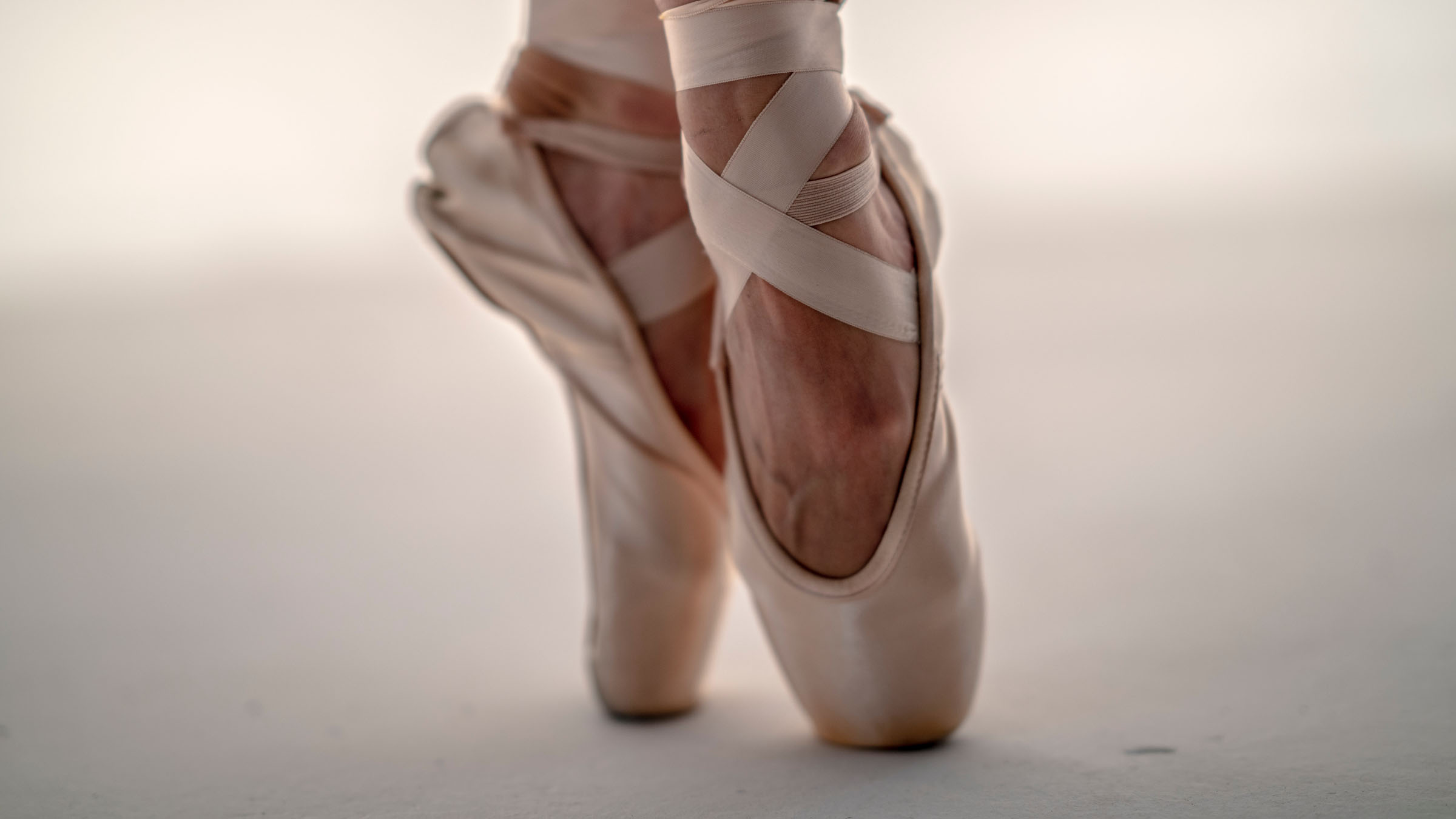“No, you can’t learn from scratch, you’ll break a leg,” one rather scary ballet teacher told me ominously on the phone as I inquired about classes.
My fear exactly.
And yet, it must be possible to learn ballet as an absolute beginner adult, I thought. I was more concerned about being overweight on top of that, even though I knew it was because I was bullied at it as a plump little girl.
Later on, as I navigated the turbulent seas of adolescence, a distinct belief formed in my mind: ballet had to be a fancy sport for girly girls, something that I never had been or ever would be. Yes, from time to time I wondered what it must feel like to be part of the dreamy, ever-so-elegant world of classical ballet. But I never thought of trying again.
The thing is, ballet is often considered acceptable only for two categories: children, or adults who started dancing as children. But what about everyone else? Over the years, I’ve asked myself this question time and time again, and I finally decided to do something about it.
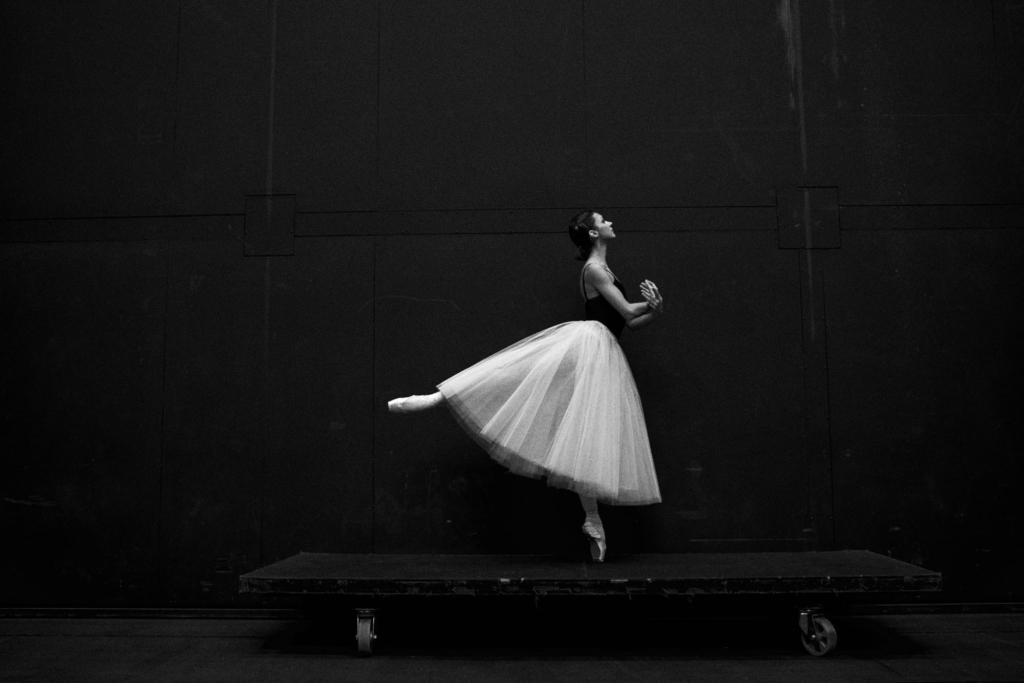
Out of seven ballet schools I contacted for this piece, three answered positively, contrary to the scary teacher (who nevertheless kindly invited me to assist in his class), and I had to get to the bottom of the question. Little did I know that I was about to embark on one of the most rewarding adventures I’ve had in my time writing this Challenge Yourself series.
Battling Misconceptions
At first, I went with the safest option: go watch the scary teacher’s class.
As I marvelled at the arabesques, I realised just how many misconceptions I had about ballet. The first, as expected, was the supposed stigma around being overweight: every ballet class has people of all shapes and sizes. And yes, the overweight dancers were en pointe as much as their thinner companions, and no, they did not have a harder time at it.
The second misconception – just as childish as the previous one – was expecting an overwhelming use of pink. No one wore pink in that class, and even as I made my way into other four different classes, there was very little use of what is often considered the colour of ballet. This pink-hater could relax: outfits were a sea of black and grey interspersed with some dark purple. Shoes were mostly black or nude.
The third misconception – and the most dangerous for beginners – was thinking that from a certain level of proficiency onwards, ballet can be “easy”; it looks so light and graceful! The truth, which I was to discover later on, is that ballet is supposed to look like that: teachers remind their students about their facial expressions. “We’re entertainers. We smile no matter what,” I would hear a teacher say later on. But the endeavour itself is always very demanding, as it engages every muscle in the body and requires a great deal of concentration. All in all, it looked like a tough challenge, which made me want to try it all the more.
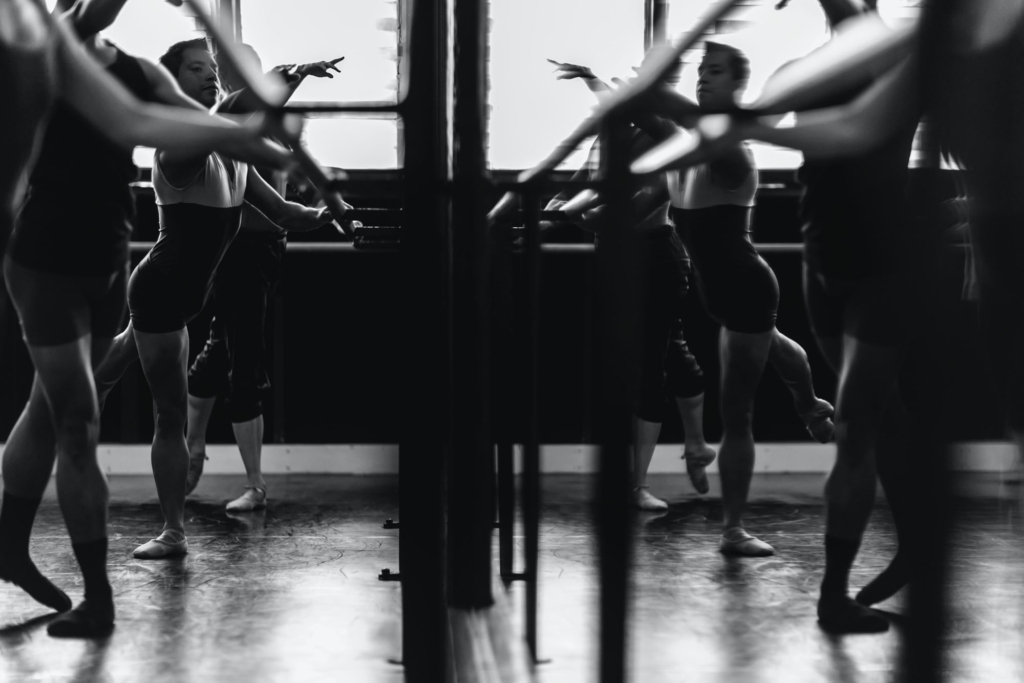
Power Levelling
When I finally joined a beginner’s course as a dancer, I realised that many of the people who attend beginners’ classes are not absolute beginners, but individuals who learned ballet as children (still, no pink in sight). This was a bit disheartening, but ultimately interesting, as learning with them felt a lot like power levelling my skills.
I realised immediately that the hardest thing about ballet is keeping the right posture as you move. All my muscles are tensed in the effort, and even when I complete one movement correctly – say, something relatively easy such as a demi-plié – I am pretty sure I messed up my posture. Did I engage my core muscles to keep my back straight? Did I leverage my inner thigh muscles to do the movement correctly? Were my arms looking like I had forgotten to do something, anything, with them? (Most likely.)
I need an insane amount of focus to think about all of that while remembering the choreography at the same time, so much so that at a certain point I decide to give up on the latter. I will just follow everyone else. I’ll look scatterbrained, but as a professional beginner, I am past that kind of shame.
Except that we are still mid-lesson, and the teacher starts assuming positions that to me look like the sports equivalent of Arabic – my mind cannot parse the different components. “This is going to be so hard,” I think, and for a moment, I regret even trying. The lesson – as every ballet class, I would learn – finishes with my personal nightmare: dancing in front of the class, two by two. It brings back memories of myself as a chubby little girl dancing centre stage in full performance attire, and the mocking whispers that led me to give up.
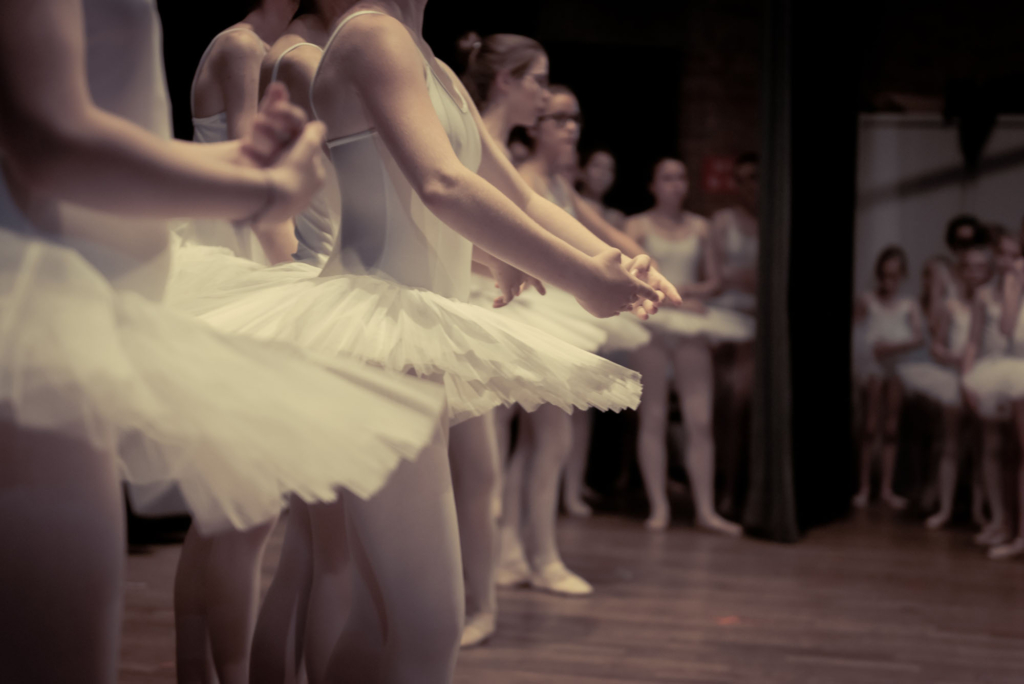
The Real Deal
After my first group lesson, I take a private lesson to get one-on-one feedback. As I am a total beginner, the choreographies are simple, and I manage to keep the posture that the teacher painstakingly corrects – even though I just can’t seem to get some basics right. But it generally goes well: I even attempt a half-decent pirouette. I wonder if it’s because, like so many of us, I secretly danced in the privacy of my own room as a teenager. A lot.
As I enter my first ballet technique class (open to all levels), I am genuinely afraid. It’s in a historical building, and the wooden floor, elongated windows and wooden staircases feel like something straight out of Fame. I feel out of place; I’m just waiting for the moment the teacher will find out I’m a complete beginner and call me out.
But life had other plans. My instructor was Daniella Rajchman of Paris’s renowned Centre de Danse du Marais. And yes, she did immediately find out I was a beginner, which was okay, but keeping up was hard. She encouraged me throughout the lesson, and I managed to follow – albeit very insecurely. That motivated me to persevere, and every day for four days, I took group ballet lessons with her.
I am going to be honest: sometimes I would look at the clock several times within the span of 10 minutes, and wonder if my body was even able to parse the individual movements she showed us. Other times I got in the way of the other dancers, and several times I asked myself why I was there. But I got better and better with every lesson. Little by little, as I corrected my posture and started chatting with my classmates in the dressing room, I relaxed.
Above all, I realised that far, from the many clichés and preconceptions, practicing ballet can be very pleasant if you have the right teacher – one who creates a supportive environment, and who motivates you to achieve your goals, no matter how small.
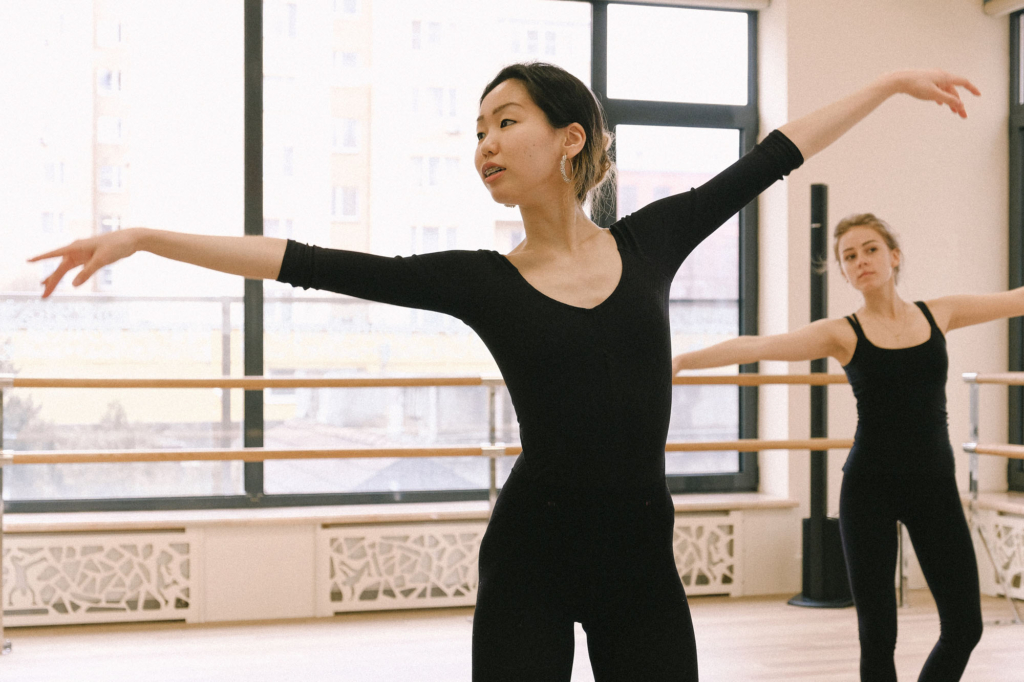
The Ultimate Reward
During one of my last lessons, Rajchman said I was doing very well. It was then that I felt it for the first time: the feeling of deep satisfaction that ballet dancers at any level must feel, the sense of exceptional pride in accomplishing something so difficult. I felt it more strongly than with any other art or sport I’ve attempted for this article series over the past four years, maybe because it was personal.
And that feeling of satisfaction got me hooked. So much so, in fact, that I went for an additional three-hour ballet workshop with Rajchman on a Sunday and thoroughly enjoyed it.
With her as a teacher, my final misconception about ballet was shattered: I had expected ballet to be a world populated by vain girly-girls. Instead, I discovered it to be full of smart women who challenged themselves athletically, every minute, to hold their bodies straight, to engage their muscles, to remember the choreography, to keep up with the music, and to coordinate all of that with grit and determination while willing themselves to look graceful. Now that is something I can be proud to be a part of.

